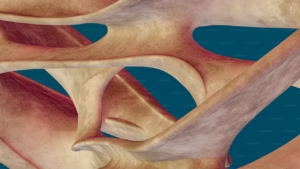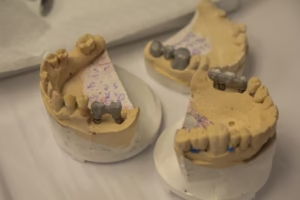
Temporomandibular joint dysfunction self-care can make a significant difference for those suffering from jaw pain, clicking sounds, and limited mouth movement. This condition, commonly called TMJ disorder, affects the hinge connecting the skull to the jaw, causing discomfort that ranges from mild annoyance to debilitating pain. While professional treatment is sometimes necessary, effective temporomandibular joint dysfunction self-care techniques can help manage symptoms and improve quality of life.
This comprehensive guide explores practical temporomandibular joint dysfunction self-care methods, from jaw exercises to stress reduction. Readers will learn how to alleviate pain, reduce inflammation, and prevent further aggravation of TMJ issues. Whether the discomfort is occasional or chronic, these evidence-based temporomandibular joint dysfunction self-care strategies can provide relief without always requiring medical intervention.
Understanding Temporomandibular Joint Dysfunction (TMJ Disorder)

The temporomandibular joint (TMJ) acts like a sliding hinge, enabling speaking, chewing, and yawning. When this joint becomes inflamed or misaligned, it leads to TMJ dysfunction. Common symptoms include:
-
Jaw pain or tenderness
-
Clicking/popping sounds when moving the mouth
-
Difficulty chewing or opening the mouth wide
-
Earaches or headaches
-
Locking of the jaw
Since TMJ disorder can stem from stress, teeth grinding, arthritis, or injury, temporomandibular joint dysfunction self-care plays a crucial role in managing flare-ups.
Best Temporomandibular Joint Dysfunction Self-Care Techniques

1. Jaw Relaxation & Gentle Exercises
-
Rest the Jaw: Avoid excessive chewing (gum, tough foods).
-
Controlled Movements: Slowly open and close the mouth without forcing it.
-
Chin Tucks: Gently tuck the chin to align the jaw properly.
2. Heat & Cold Therapy
-
Ice Packs (15 minutes on/off) reduce acute swelling.
-
Warm Compresses relax stiff muscles and improve blood flow.
3. Stress Reduction Techniques
-
Meditation & deep breathing lower teeth-clenching habits.
-
Massaging the temples and jaw muscles eases tension.
4. Dietary Adjustments
-
Eat soft foods (soups, mashed potatoes) to minimize jaw strain.
-
Avoid hard, crunchy, or chewy foods during flare-ups.
5. Posture Correction
-
Keep the head aligned over the spine to reduce jaw pressure.
-
Avoid holding phones between the ear and shoulder.
6. Over-the-Counter Pain Relief
-
NSAIDs (ibuprofen) can temporarily reduce pain and inflammation.
Advanced Temporomandibular Joint Dysfunction Self-Care Methods

1. Night Guards for Teeth Grinding
Custom or store-bought splints prevent nighttime clenching.
2. Acupressure & Massage
-
Apply gentle pressure to the masseter muscles (near the jaw).
-
Use circular motions on the neck and shoulders.
3. Physical Therapy Techniques
-
A physical therapist can teach targeted stretches.
-
Ultrasound therapy may help in chronic cases.
4. CBD or Arnica for Natural Pain Relief
Topical creams with anti-inflammatory properties can soothe discomfort.
FAQs About Temporomandibular Joint Dysfunction Self-Care
1. How to heal TMJ faster?
Combining heat therapy, jaw exercises, and avoiding hard foods speeds recovery.
2. Does ice help TMJ?
Yes, ice reduces acute inflammation in the first 48 hours of pain.
3. How can I reduce stress in my TMJ?
Relaxation techniques (yoga, meditation) and massage help.
4. Can a TMJ joint heal?
Many cases improve with consistent temporomandibular joint dysfunction self-care, but severe damage may need medical treatment.
When to See a Doctor

If temporomandibular joint dysfunction self-care doesn’t improve symptoms after a few weeks, consult a dentist or specialist. Persistent pain, jaw locking, or severe headaches may require:
-
Prescription muscle relaxants
-
Botox injections for muscle tension
-
Dental correction for bite issues
Conclusion
Effective temporomandibular joint dysfunction self-care can significantly reduce pain and restore jaw function. By incorporating relaxation techniques, proper diet, and targeted exercises, many people find relief without invasive treatments. For long-term TMJ management, consistency in these temporomandibular joint dysfunction self-care practices is key.
